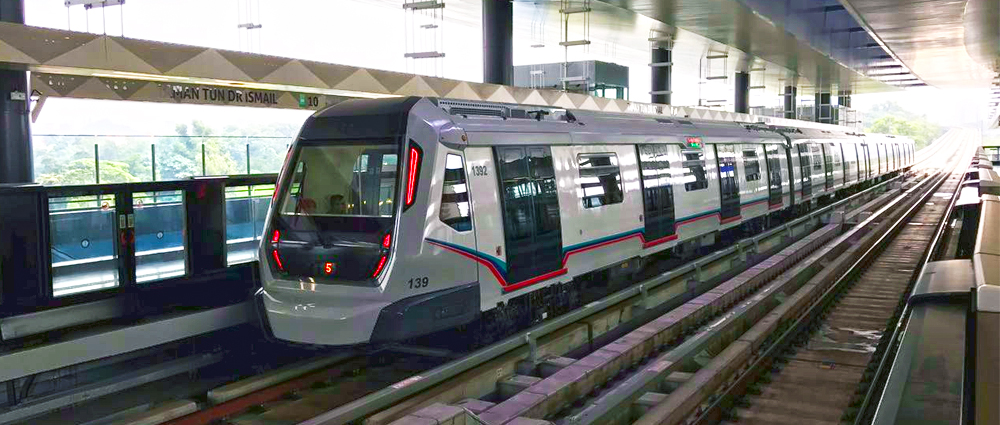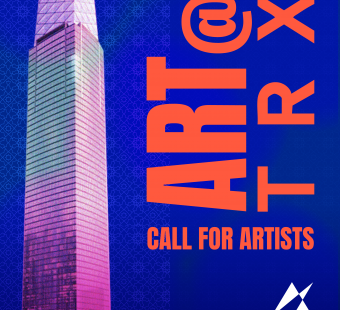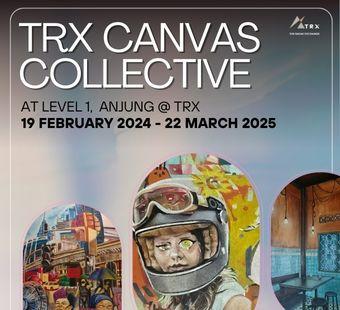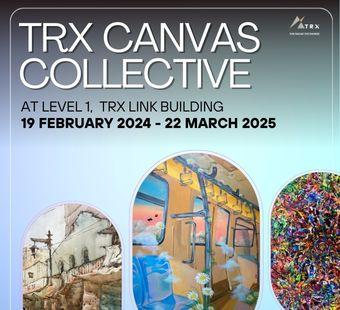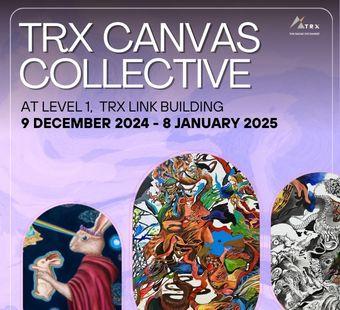The first phase of the Sungai Buloh-Kajang (SBK) MRT Line was open to public last Friday.
The SBK line, spanning 51 kilometres, has 31 stations altogether. As planned, Phase 1 with 12 stations between 23 kilometres of elevated rail from Sungai Buloh to the suburbs of Damansara Heights, is now fully operational.
The 12 stations currently in service are Sungai Buloh, Kampung Selamat, Kwasa Damansara, Kwasa Sentral, Kota Damansara, Surian, Mutiara Damansara, Bandar Utama, Taman Tun Datuk Ismail, Phileo, Pusat Bandar Damansara and Semantan, with the entire trip lasting 30 minutes end-to-end.
Collaborating with RapidKL, MRT Corp has positioned close to 120 feeder buses to cater to all 12 stations which is expecting to see 160,000 commuters daily by January next year. These feeder buses will service high-density residential/commercial areas and important landmarks like hospitals, shopping malls and higher learning institutions.
The service is currently running independently without integration of the existing LRT and monorail lines. As such, only cash tokens or Touch n’ Go cards are usable at the moment with plans to include MyRapid Card payment method in the pipeline. When the 1-month free ride ends, users will be paying around RM1 for a single stop, with a maximum fare of RM6.40 per ride.
According to Malaymail’s report on December 17, MRT will also have other benefits, including bicycles being allowed on the trains during off-peak hours.
“This applies to foldable bicycles, the other models will be too bulky and inconvenient to other commuters,” said Prasarana Group president and group chief executive officer Datuk Seri Azmi Abdul Aziz.
Phase 2 of the SBK line includes the remaining 19 stations between Semantan and Kajang and is scheduled to begin operations in July 2017. The entire MRT SBK Line will then have a capacity of servicing 400,000 passengers per day.
KL’s connectivity is set to improve significantly once the entire MRT project is fully operational. With each train having a capacity of up to 1,200 passengers per trip, and one train every 3.5 minutes during peak hours, Klang Valley roads can expect to see lesser cars in the months to come.
The MRT fare structure is available at Rapid KL’s official website at www.myrapid.com.my

